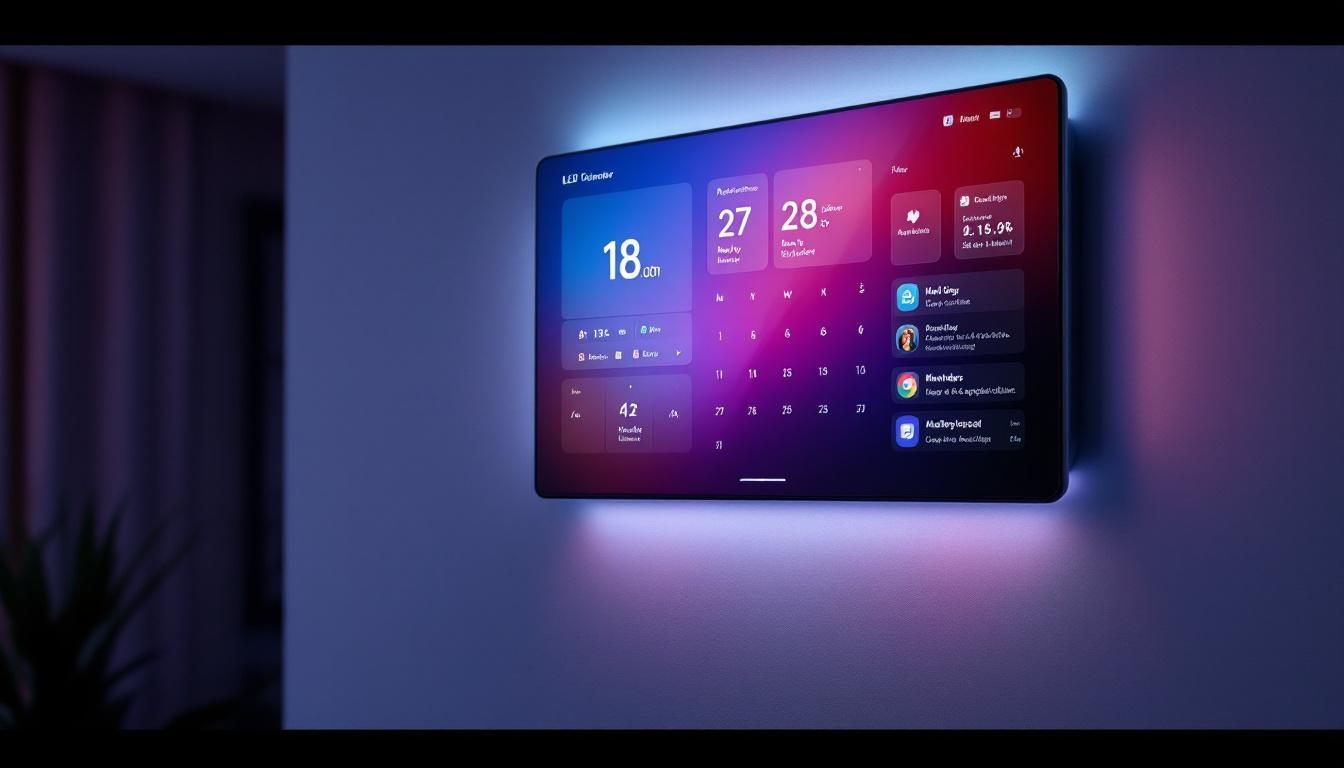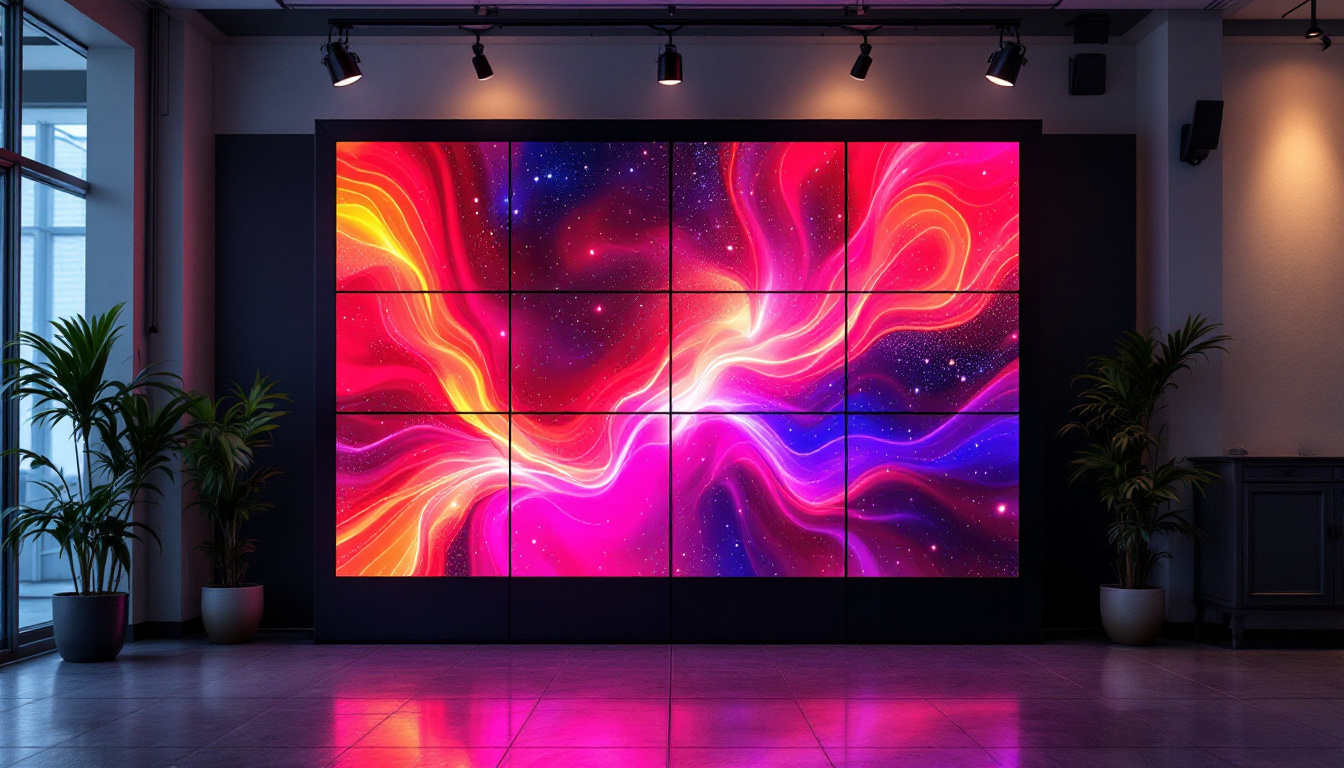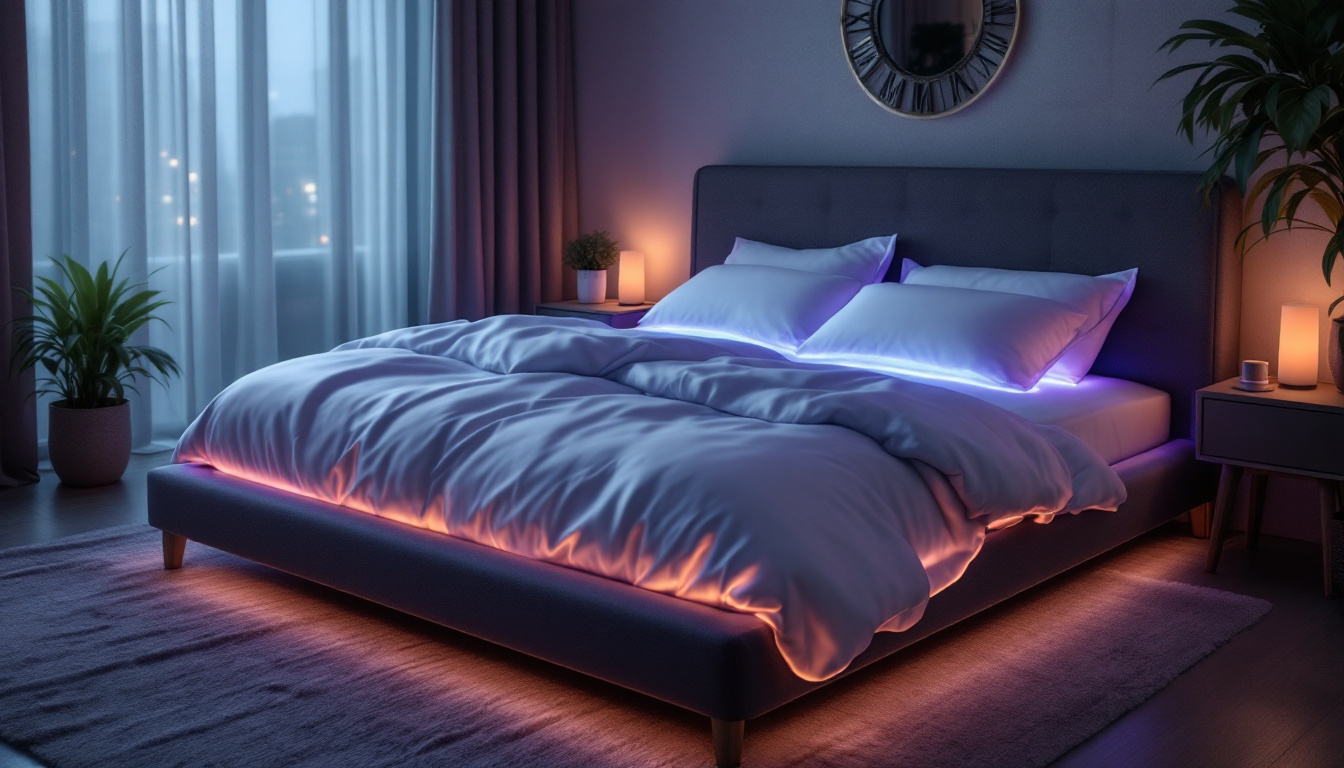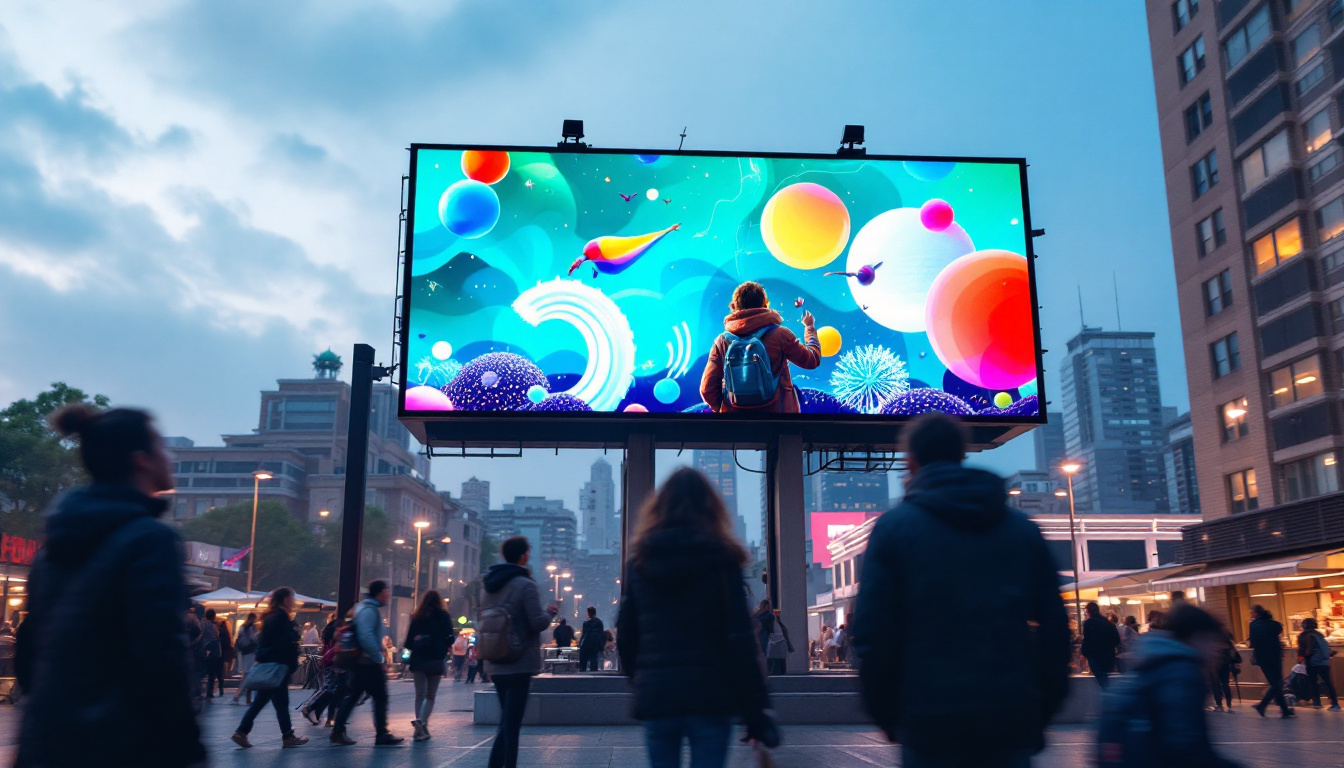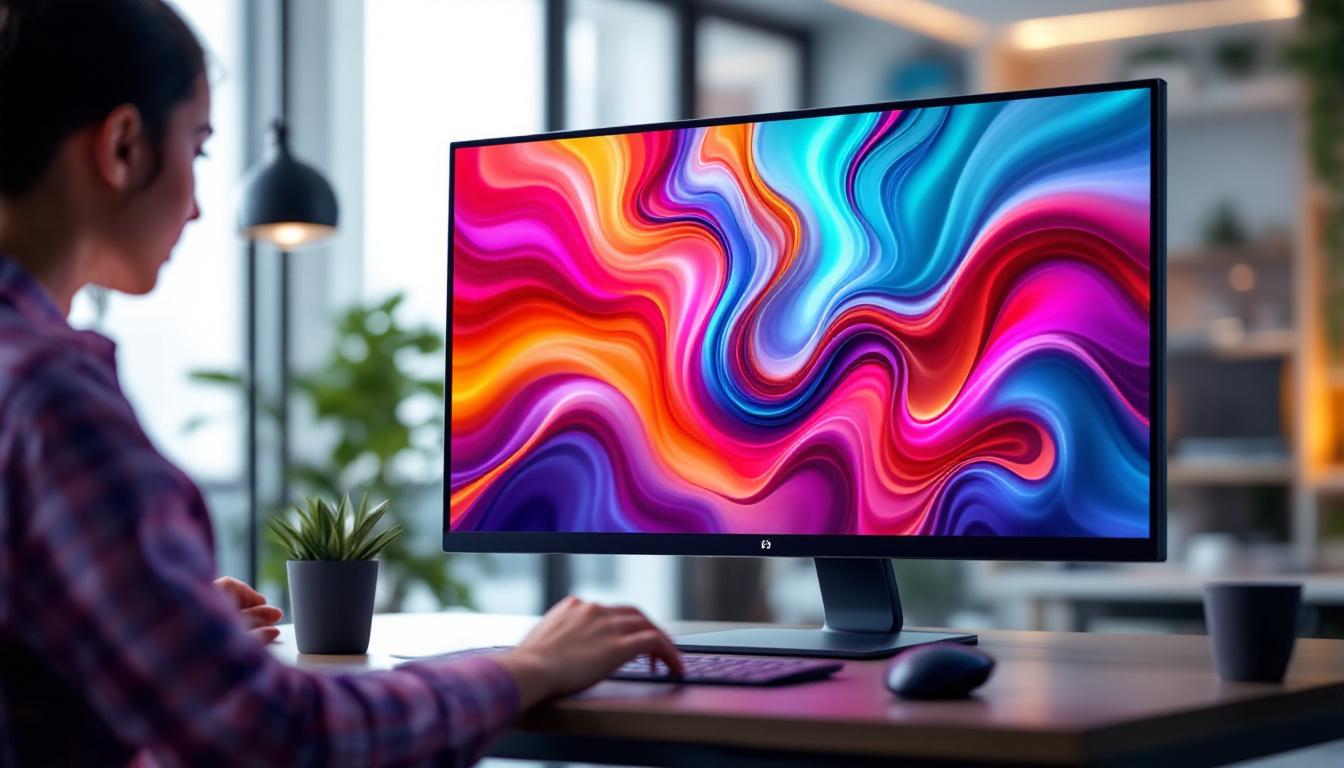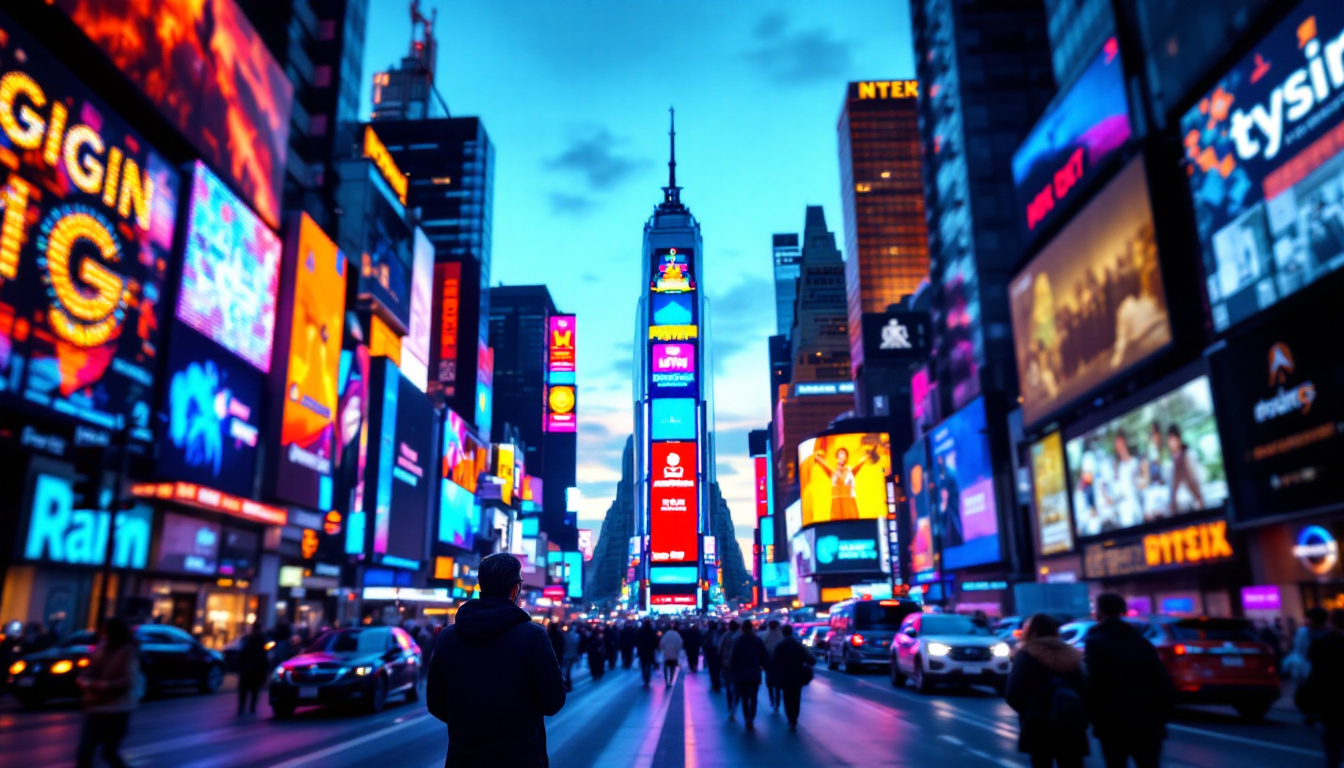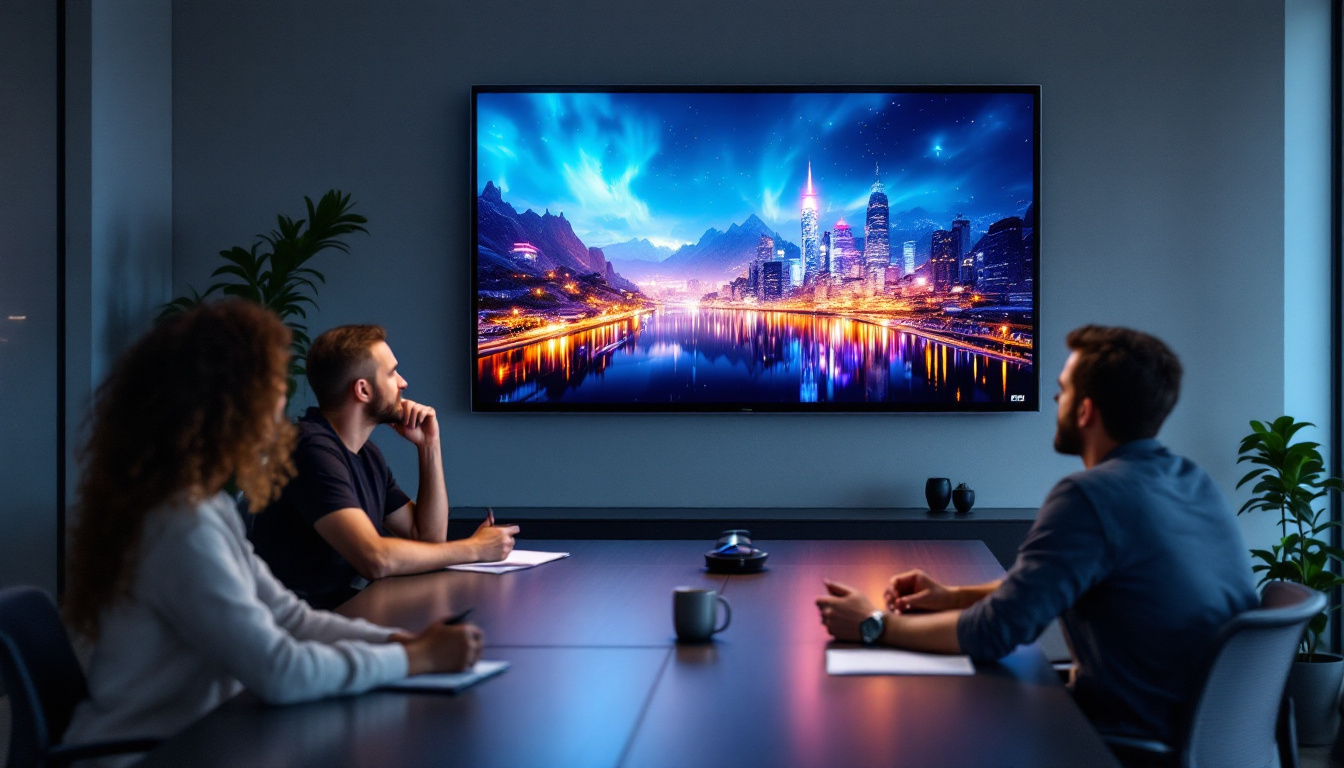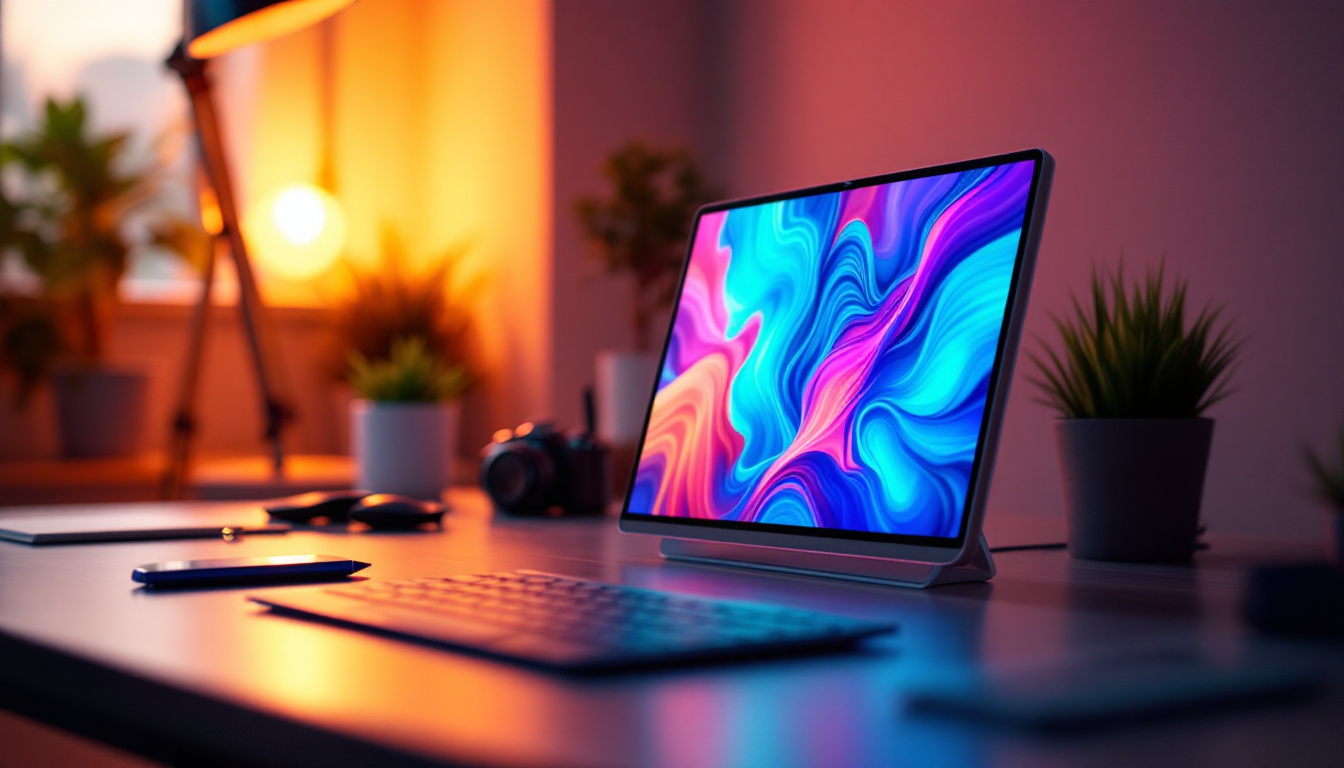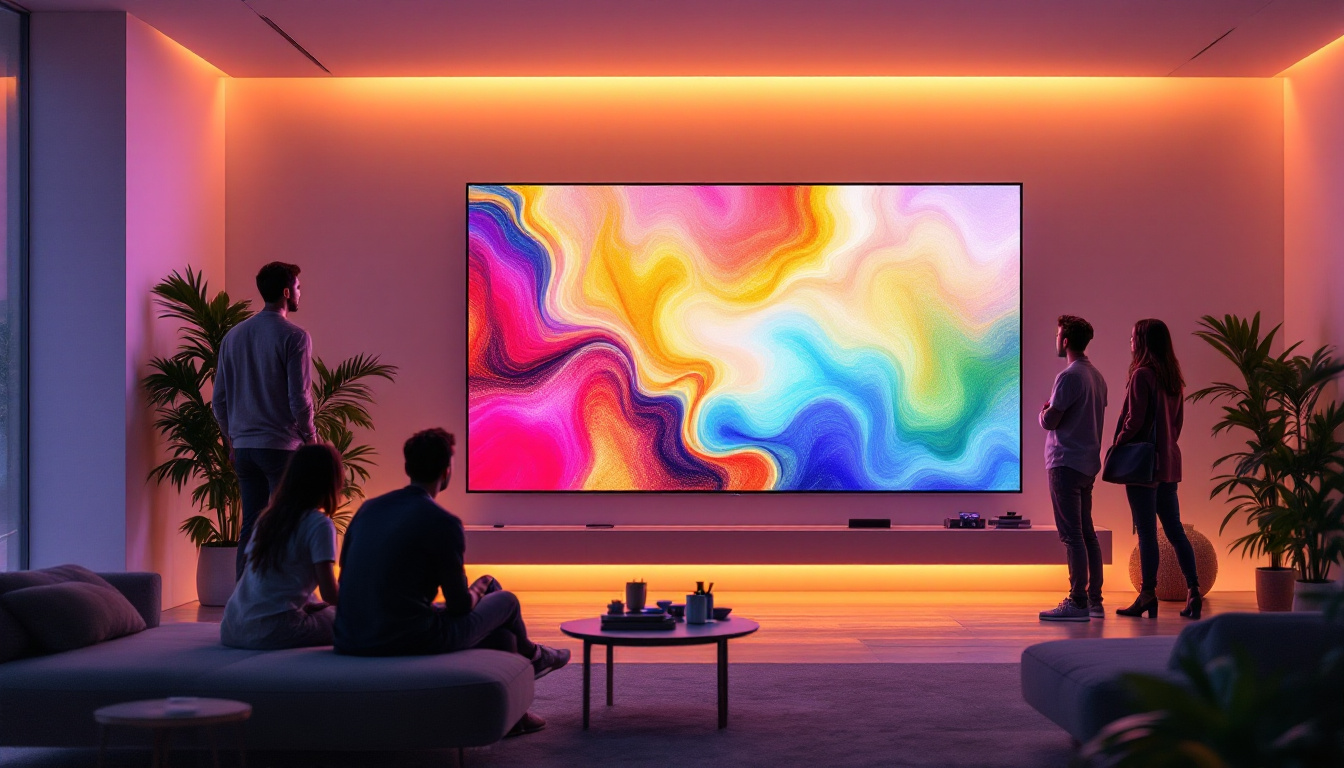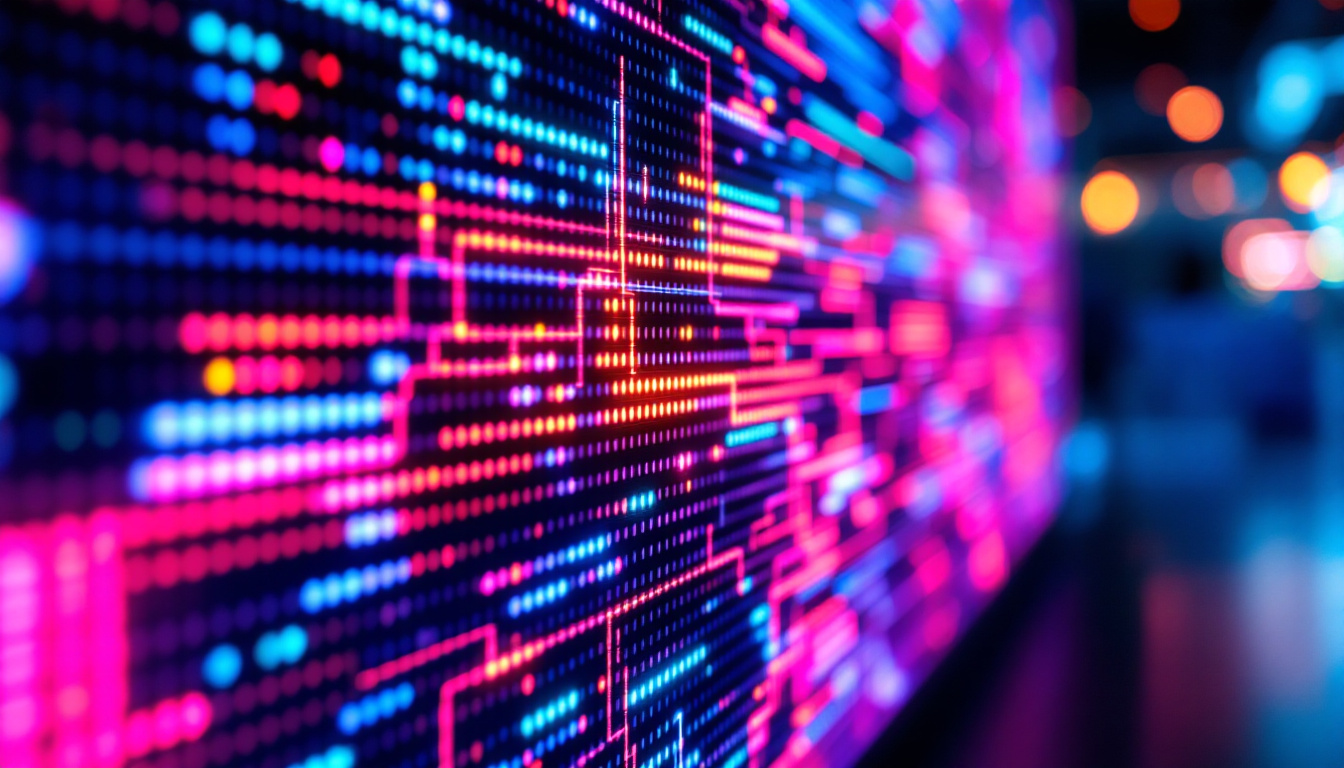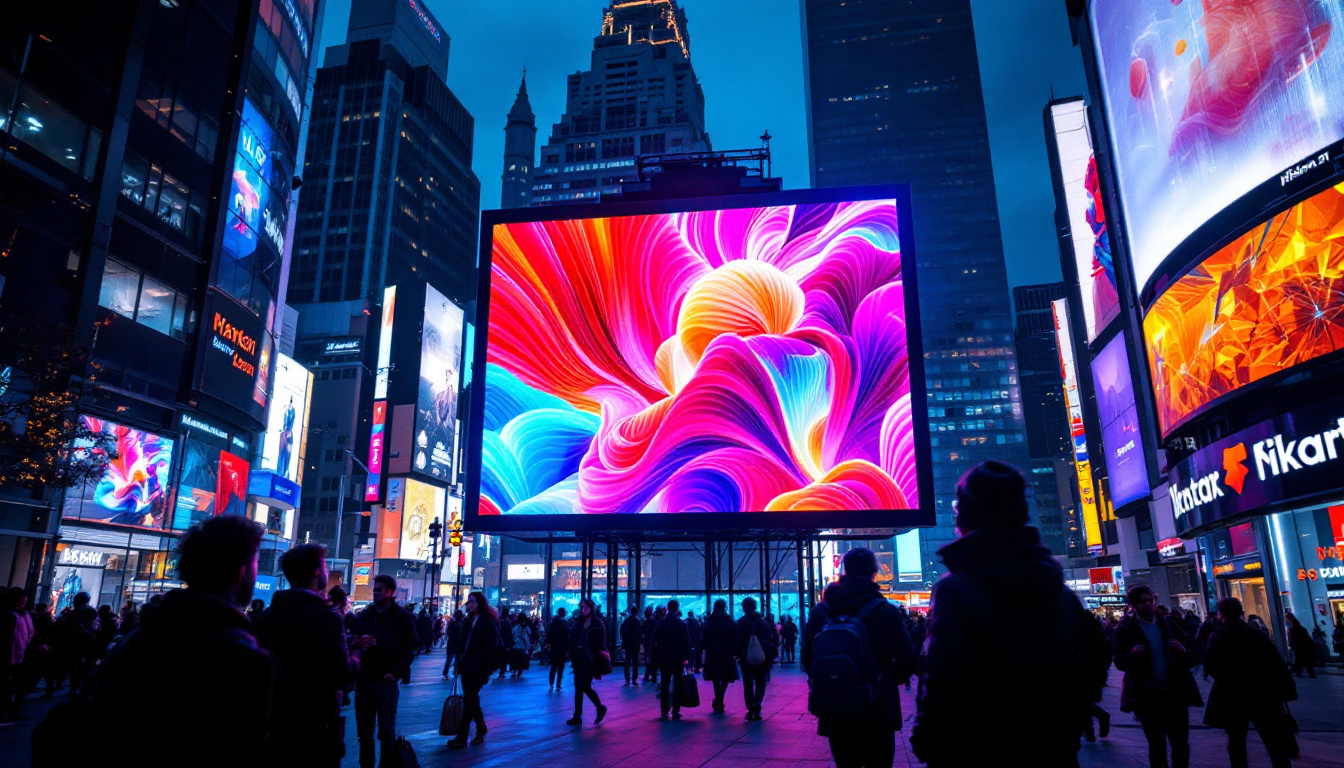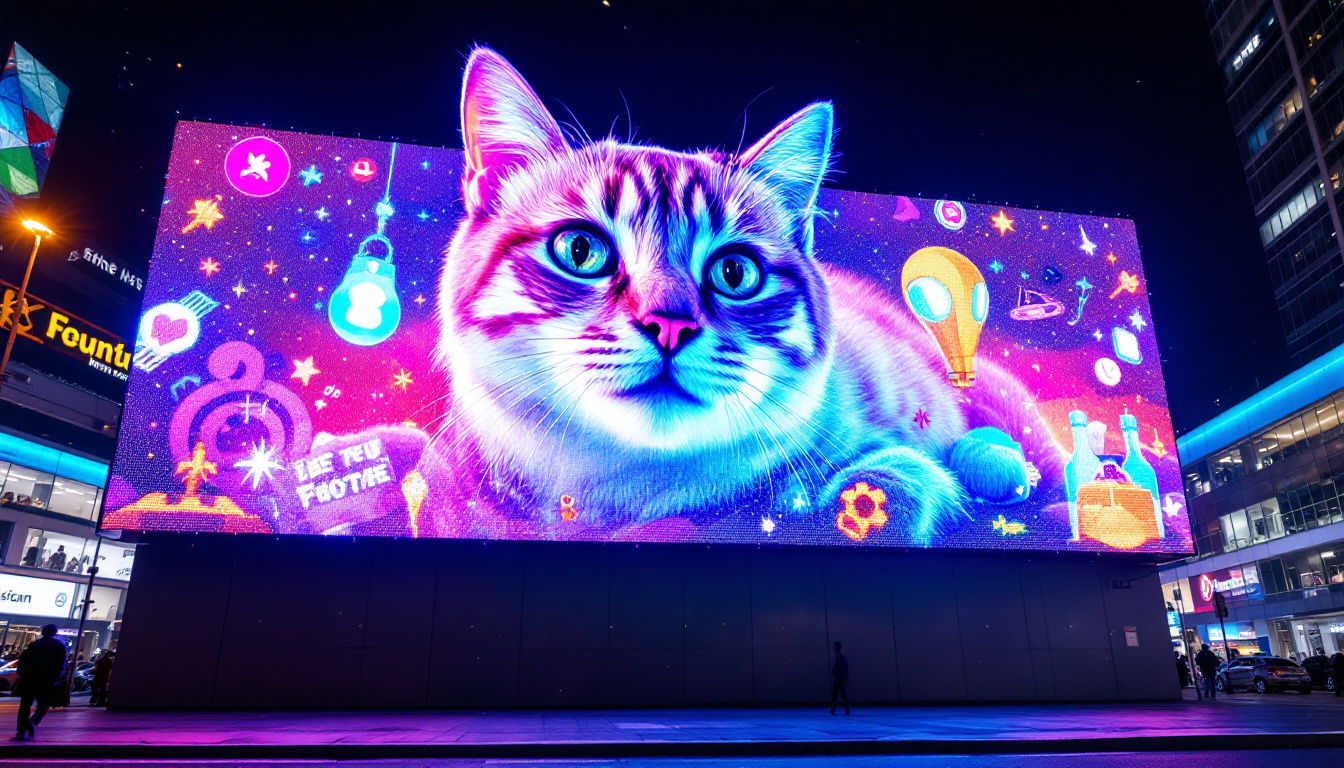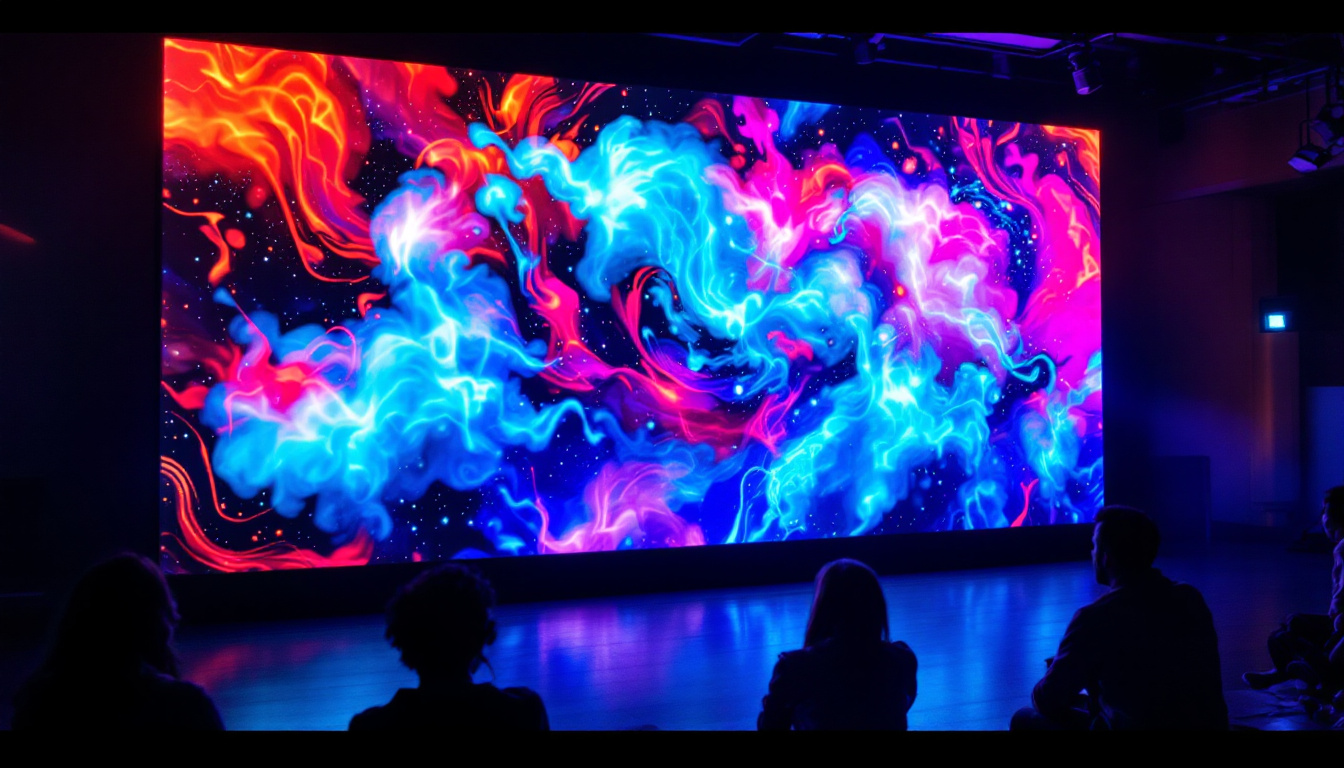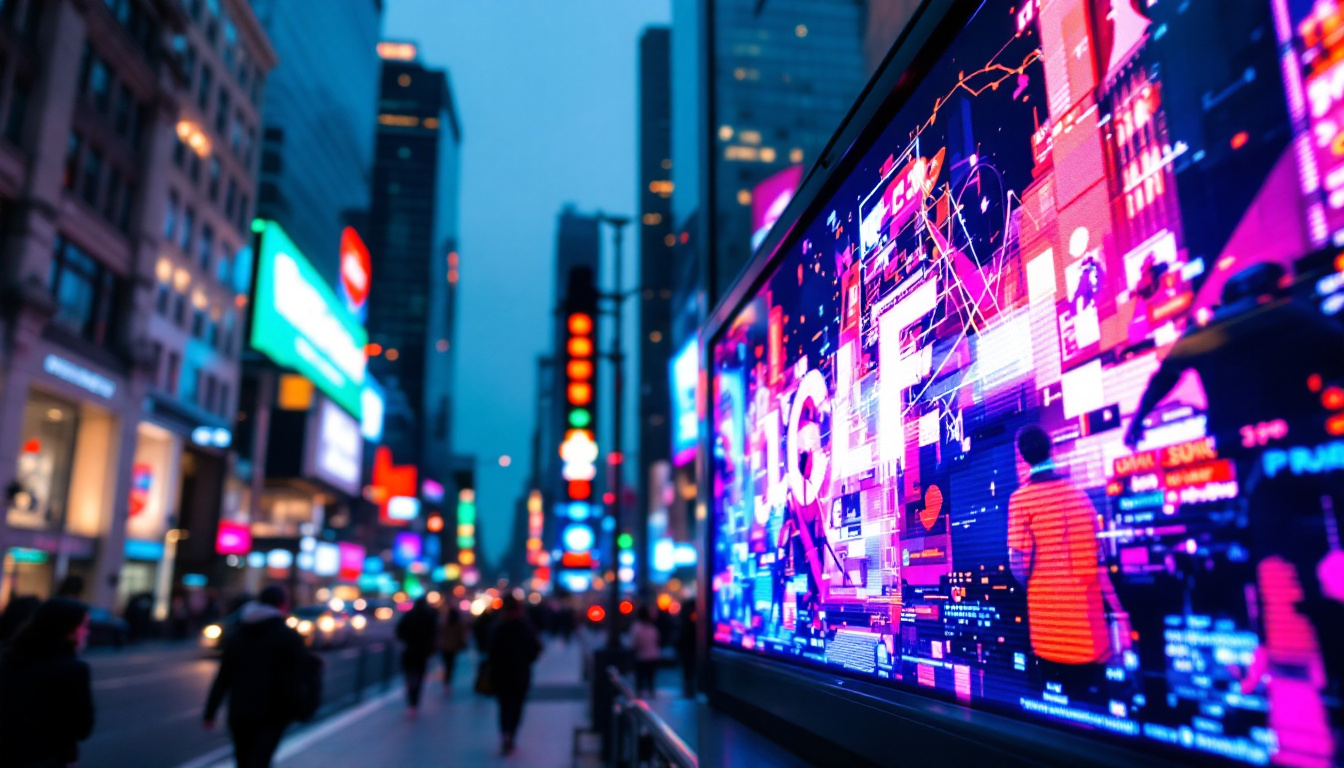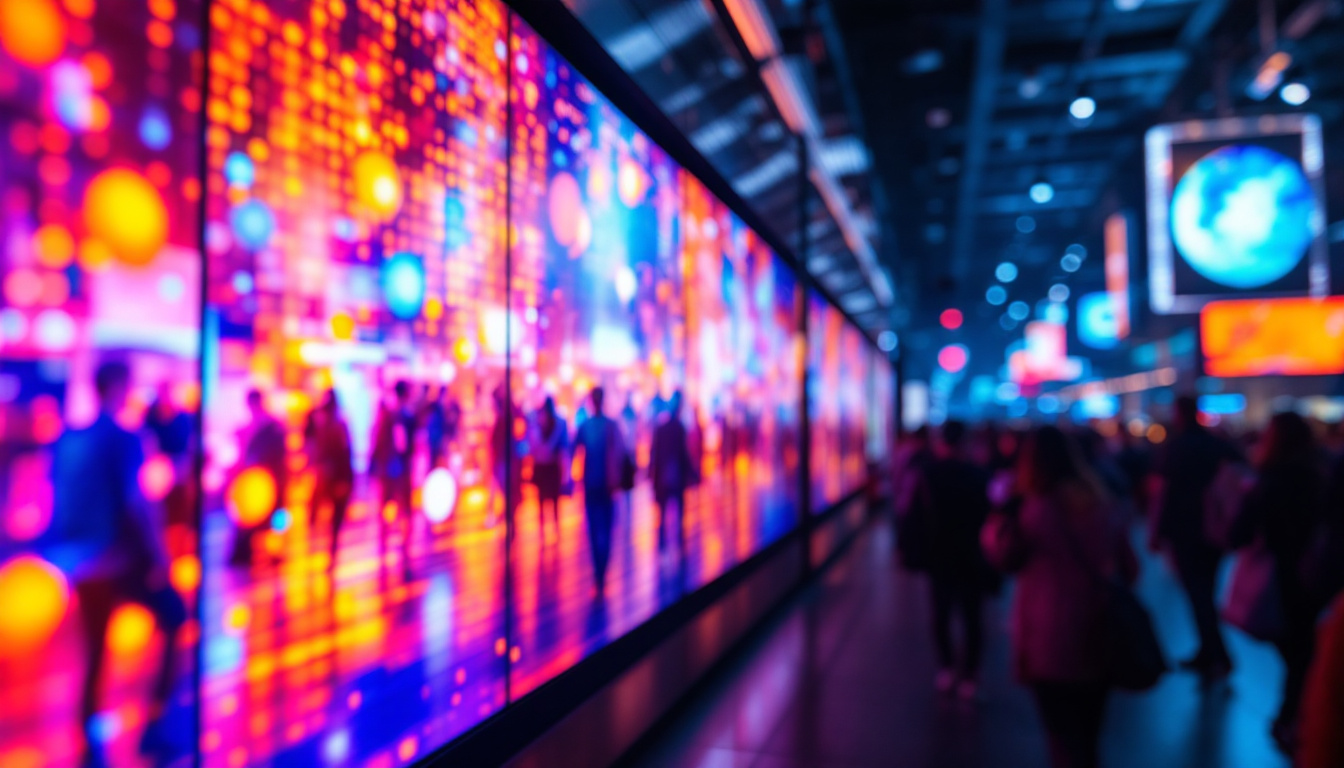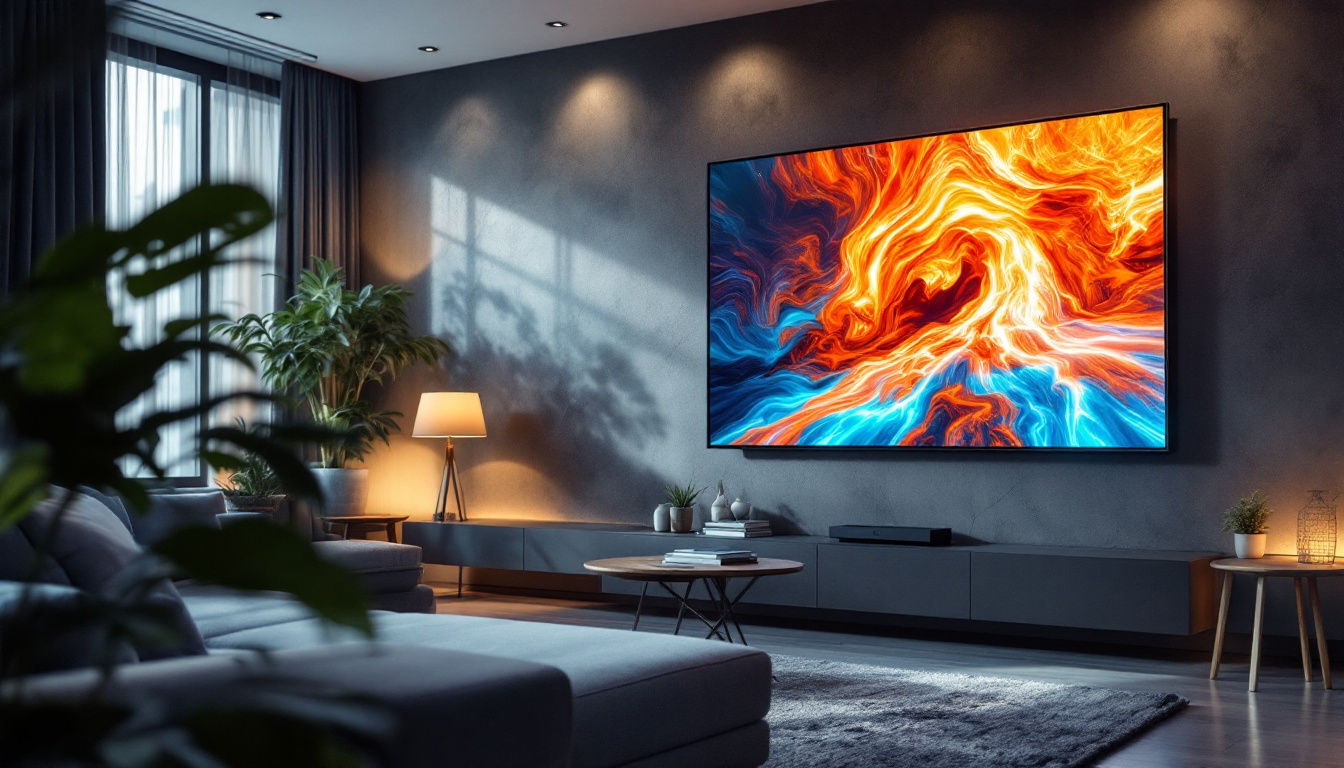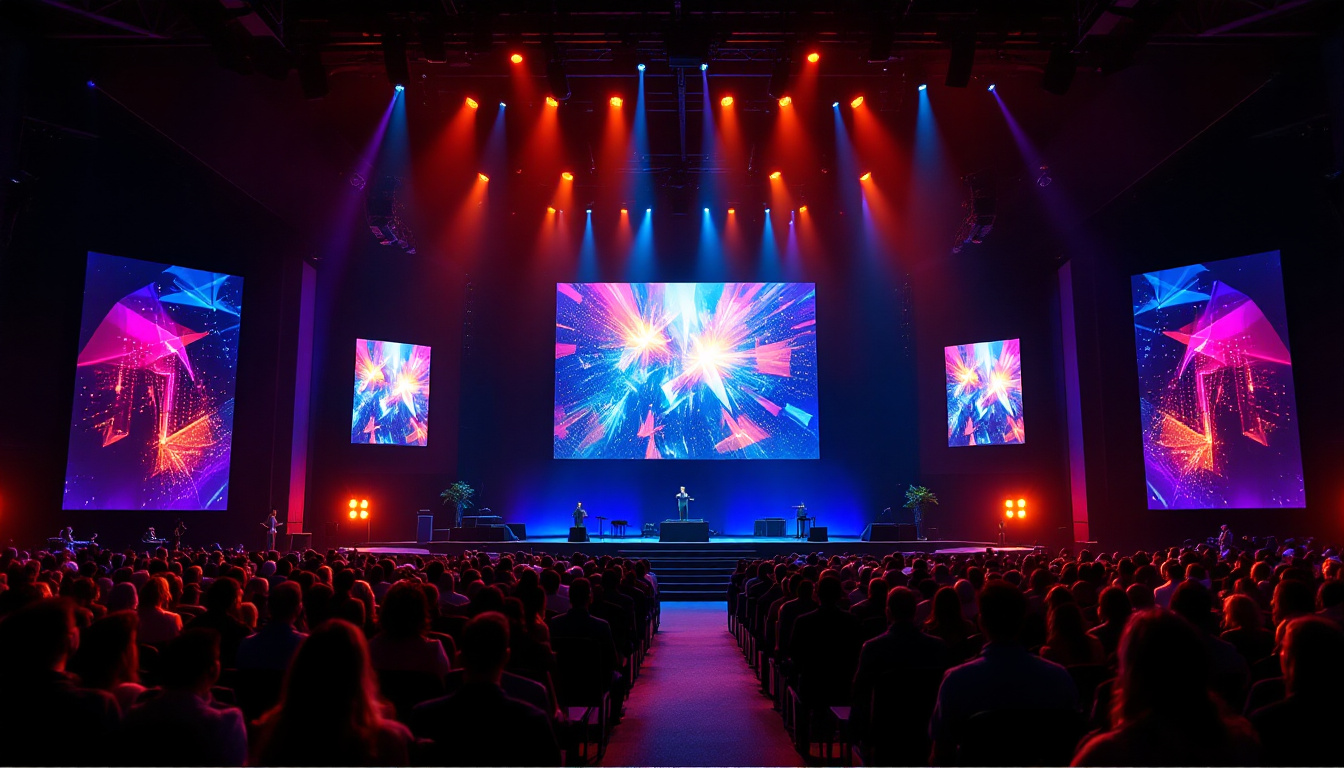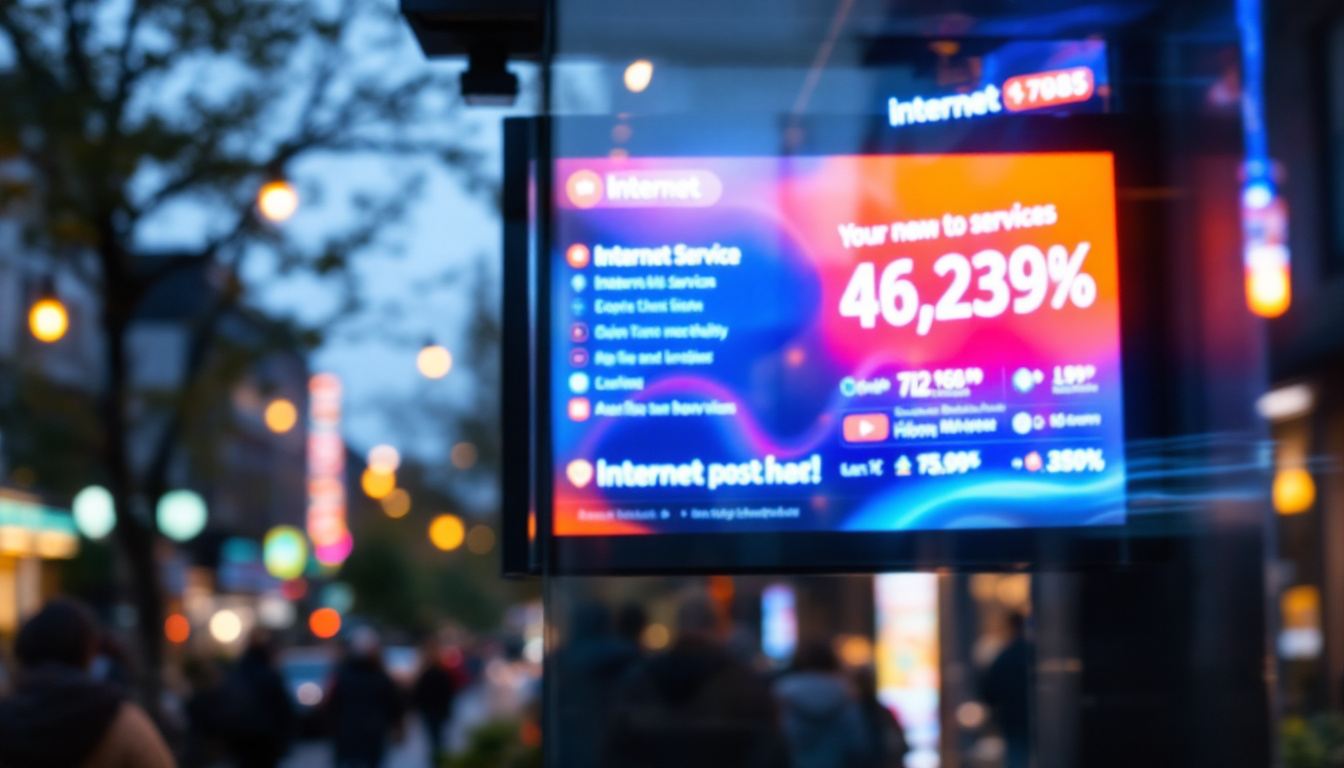In today’s fast-paced world, staying organized is more crucial than ever. Traditional wall organizers, while useful, often lack the flexibility and interactivity that modern users demand. Enter the electronic wall organizer with LED display—a smart solution that combines technology and design to streamline daily planning and communication. This article delves into the functionalities, benefits, and technological aspects of electronic wall organizers featuring LED displays, providing a comprehensive understanding of how these devices can transform personal and professional spaces.
What Is an Electronic Wall Organizer with LED Display?
An electronic wall organizer with an LED display is a digital device mounted on a wall, designed to help users manage schedules, reminders, notes, and sometimes even control smart home devices. Unlike traditional corkboards or whiteboards, these organizers utilize LED technology to present information in a bright, clear, and often customizable format.
These devices typically integrate with smartphones, computers, or cloud services, allowing seamless synchronization of calendars, to-do lists, and notifications. The LED display serves as the primary interface, offering real-time updates and interactive features that enhance user engagement and productivity.
Key Features of LED Wall Organizers
LED wall organizers come equipped with a variety of features that cater to different organizational needs:
- Dynamic Display: Unlike static boards, LED displays can show changing content such as time, weather updates, and upcoming events.
- Connectivity: Integration with Wi-Fi or Bluetooth enables synchronization with digital calendars and smart devices.
- Customizable Layouts: Users can often adjust the display format, colors, and fonts to suit personal preferences or branding requirements.
- Interactive Controls: Touchscreen capabilities or remote control options allow for easy input and navigation.
- Energy Efficiency: Modern LED panels consume minimal power, making them eco-friendly and cost-effective.
In addition to these features, many electronic wall organizers also offer voice command capabilities, allowing users to set reminders or check their schedules hands-free. This integration with virtual assistants like Alexa or Google Assistant enhances the overall user experience, making it even more convenient to stay organized. Furthermore, some models come with built-in cameras or motion sensors that can provide security features, such as alerts when someone enters a designated area, adding an extra layer of functionality to the device.
Another exciting aspect of these organizers is their potential for customization. Users can upload personal photos or artwork to be displayed alongside their schedules, transforming a simple organizational tool into a personalized piece of decor. This ability to blend functionality with aesthetics makes electronic wall organizers not just practical, but also a stylish addition to any home or office environment. With the rise of remote work and digital connectivity, these devices are becoming increasingly popular as they help individuals and families maintain structure and clarity in their busy lives.
How LED Displays Enhance Wall Organization
LED technology significantly improves the functionality and aesthetics of wall organizers. The vibrant, high-contrast visuals ensure that information is easily readable from various angles and lighting conditions. This is particularly important in environments such as offices, classrooms, or kitchens where quick glances are common.
Moreover, the ability to update content dynamically means that users are always presented with the most relevant information. For example, a family can display a shared calendar with upcoming appointments, grocery lists, and reminders, all in one centralized location. In a corporate setting, electronic wall organizers can showcase meeting schedules, project deadlines, and team announcements.
Visual Clarity and Accessibility
One of the standout advantages of LED displays is their brightness and clarity. Unlike LCD screens, LEDs provide superior contrast and color accuracy, which enhances readability. This is especially beneficial for users with visual impairments or in spaces with fluctuating lighting conditions.
Additionally, many LED organizers incorporate adjustable brightness settings and anti-glare coatings, ensuring optimal visibility throughout the day and night. This adaptability makes them suitable for diverse environments, from dimly lit home offices to brightly illuminated commercial spaces.
Real-Time Updates and Synchronization
Electronic wall organizers equipped with LED displays often connect to cloud-based services, enabling real-time synchronization with calendars, task management apps, and communication platforms. This connectivity ensures that all users have access to the latest information without manual updates.
For instance, a team working on a project can view live progress updates, upcoming deadlines, and meeting times directly on the wall organizer. This reduces the need for constant email checks or meetings, fostering a more efficient workflow.
Technology Behind LED Wall Organizers
Understanding the technology that powers LED wall organizers provides insight into their capabilities and potential applications. At their core, these devices combine LED display panels with embedded processors and communication modules.
LED Display Technology
LED (Light Emitting Diode) technology involves small semiconductor devices that emit light when an electric current passes through them. In wall organizers, arrays of these LEDs form the display screen, capable of rendering text, graphics, and animations.
Modern LED panels use surface-mounted diodes (SMD) which offer high pixel density and color accuracy. This allows for the creation of sharp, vibrant displays even at close viewing distances. Additionally, LED displays are known for their longevity and low maintenance requirements, making them ideal for continuous use in organizational tools.
Embedded Systems and Software Integration
Behind the LED screen lies an embedded system—a compact computer that controls the display content, manages inputs, and handles connectivity. These systems run specialized software designed to interface with user devices and cloud services.
Many electronic wall organizers support integration with popular productivity platforms such as Google Calendar, Microsoft Outlook, and task management apps like Trello or Asana. This interoperability is facilitated through APIs (Application Programming Interfaces) and secure data connections, ensuring seamless data exchange.
Connectivity Options
Connectivity is a crucial component of electronic wall organizers. Most devices offer Wi-Fi and Bluetooth capabilities, enabling them to connect to home or office networks and communicate with smartphones, tablets, or computers.
Some advanced models also support Zigbee or Z-Wave protocols, allowing integration with smart home ecosystems. This means users can control lighting, thermostats, or security systems directly from the wall organizer interface, further enhancing its utility.
Practical Applications and Benefits
The versatility of electronic wall organizers with LED displays makes them suitable for a wide range of applications. From personal use in homes to complex implementations in corporate environments, these devices offer tangible benefits that improve organization and communication.
Home Use: Family Coordination and Smart Living
In residential settings, electronic wall organizers serve as central hubs for family communication. They can display shared calendars, chore schedules, meal plans, and important reminders, helping to reduce conflicts and missed appointments.
Additionally, when integrated with smart home systems, these organizers can provide real-time updates on security alerts, energy consumption, or weather conditions. This holistic approach to home management enhances convenience and safety for all household members.
Office and Workspace Efficiency
In professional environments, electronic wall organizers streamline workflow by providing visible, up-to-date information accessible to all team members. This transparency fosters accountability and collaboration.
For example, project managers can use these devices to track milestones, assign tasks, and display performance metrics. Meeting rooms equipped with electronic organizers can show schedules and availability, reducing booking conflicts and optimizing resource use.
Educational Institutions and Public Spaces
Schools and universities benefit from electronic wall organizers by displaying class schedules, event announcements, and emergency notifications. The dynamic nature of LED displays ensures that information is current and attention-grabbing.
Public spaces such as libraries, community centers, and hospitals also utilize these devices to guide visitors, share important updates, and promote events. The adaptability of LED displays allows for multilingual support and accessibility features, catering to diverse audiences.
Choosing the Right Electronic Wall Organizer
Selecting an electronic wall organizer with an LED display involves considering several factors to ensure it meets specific organizational needs and environment constraints.
Display Size and Resolution
The size of the LED display should correspond to the viewing distance and the amount of information to be presented. Larger displays with higher resolution provide clearer visuals but may require more power and space.
For small home kitchens, a compact organizer with a simple calendar and reminder function may suffice. In contrast, corporate settings might demand expansive displays capable of showing detailed schedules and multiple data streams simultaneously.
Connectivity and Compatibility
Ensuring compatibility with existing devices and software ecosystems is essential. Users should verify that the organizer supports their preferred calendar platforms, task management tools, and smart home protocols.
Security is another consideration—devices should offer encrypted connections and regular software updates to protect sensitive information.
User Interface and Ease of Use
The interface should be intuitive and accessible to all intended users. Touchscreen functionality, voice control, or remote app management can enhance usability.
Additionally, customization options such as adjustable brightness, color schemes, and alert settings allow users to tailor the organizer to their preferences and needs.
Future Trends in Electronic Wall Organizers
As technology evolves, electronic wall organizers with LED displays are poised to become even more sophisticated and integrated into daily life. Emerging trends include:
- Artificial Intelligence Integration: AI-powered organizers could provide predictive scheduling, personalized reminders, and automated task management.
- Enhanced Interactivity: Gesture controls, voice assistants, and augmented reality overlays may offer new ways to interact with wall organizers.
- Energy Harvesting: Advances in low-power electronics and energy harvesting could enable self-sustaining devices that require minimal external power.
- Modular Designs: Customizable modules could allow users to expand or reconfigure their organizers as needs change.
These innovations will further blur the lines between organization, communication, and smart living, making electronic wall organizers indispensable tools in homes and workplaces.
Conclusion
Electronic wall organizers with LED displays represent a significant advancement in how individuals and organizations manage information and coordinate activities. Their dynamic, interactive nature offers clear advantages over traditional methods, enhancing visibility, accessibility, and connectivity.
By understanding the technology behind these devices and their practical applications, users can make informed decisions to improve productivity, communication, and overall organization. As LED display technology continues to evolve, these organizers will become even more integral to modern living and working environments.
Discover LumenMatrix LED Display Solutions
Ready to elevate your space with the latest in LED display technology? LumenMatrix is at the forefront of creating immersive visual experiences that transform environments and captivate audiences. Whether you’re looking to enhance your home, office, or public space, our range of innovative LED display solutions—including Indoor and Outdoor LED Walls, Vehicle Displays, LED Posters, Sports and Floor Displays, Custom Configurations, All-in-One Solutions, and Transparent Displays—is designed to meet your unique needs. Experience the future of visual communication and organization with LumenMatrix. Check out LumenMatrix LED Display Solutions today and see how our cutting-edge technology can make a lasting impact on your audience.

